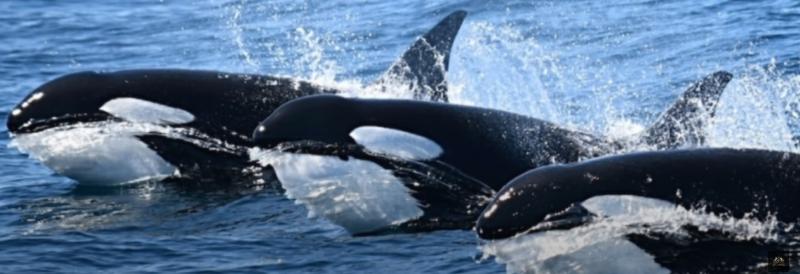 The mystifying attacks on sailboats by a pod of Iberian orcas continue.
The mystifying attacks on sailboats by a pod of Iberian orcas continue.
The crew of the British yacht Bonhomme William had to be rescued after an orca sank their vessel in the Strait of Gibraltar, according to Spanish authorities. It is the latest in a long-running series of “interactions” between orcas and midsize sailing yachts off the coast of Spain.
Maritime Executive reports that the Maritime Rescue Coordination Centre at Tarifa received a distress call from the yacht Bonhomme William on Wednesday night. The crew reported that their vessel had been disabled by orcas, which had hit it several times, and was adrift about two miles off Punta Camarinal in the strait’s western entrance.


 The
The  The wreckage of the MV
The wreckage of the MV 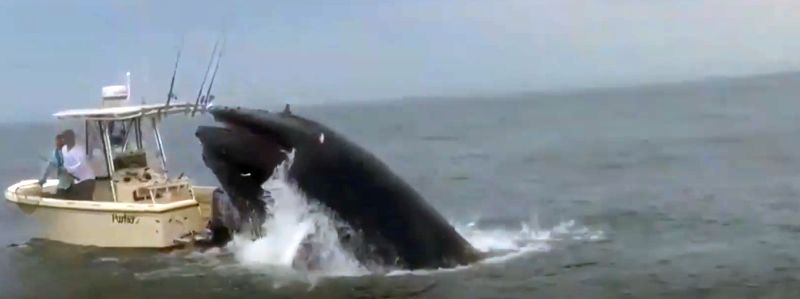 A humpback whale that appeared to be
A humpback whale that appeared to be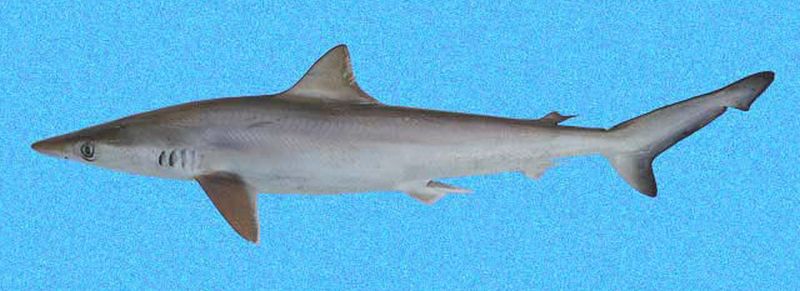
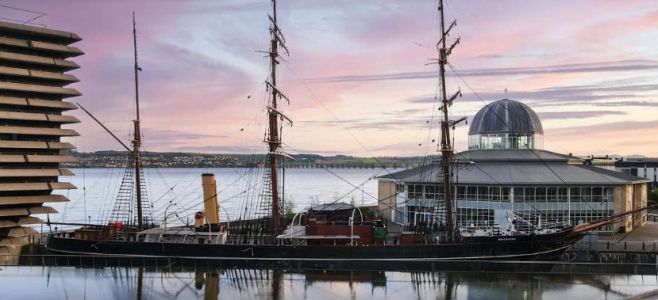

 Yemeni Houthi rebels have released a video of an attack they claim to have been carried out by a sea drone on an oil tanker in the Red Sea. The footage shows a small vessel approaching, then colliding with the ship’s port side, resulting in a large explosion.
Yemeni Houthi rebels have released a video of an attack they claim to have been carried out by a sea drone on an oil tanker in the Red Sea. The footage shows a small vessel approaching, then colliding with the ship’s port side, resulting in a large explosion.  Last week, a 10-foot inflatable boat with two bodies on board was discovered washed ashore on Sable Island, Nova Scotia. The remains are believed to be of Brett Clibbery, 70, and Sarah Packwood, 60, from British Columbia, who were reported missing on June 18. Nova Scotia’s medical examiner service continues to work to positively identify the bodies, police said, but next of kin have been notified.
Last week, a 10-foot inflatable boat with two bodies on board was discovered washed ashore on Sable Island, Nova Scotia. The remains are believed to be of Brett Clibbery, 70, and Sarah Packwood, 60, from British Columbia, who were reported missing on June 18. Nova Scotia’s medical examiner service continues to work to positively identify the bodies, police said, but next of kin have been notified. Yesterday, we
Yesterday, we On 11 July 2024 at about 10:45am,
On 11 July 2024 at about 10:45am, 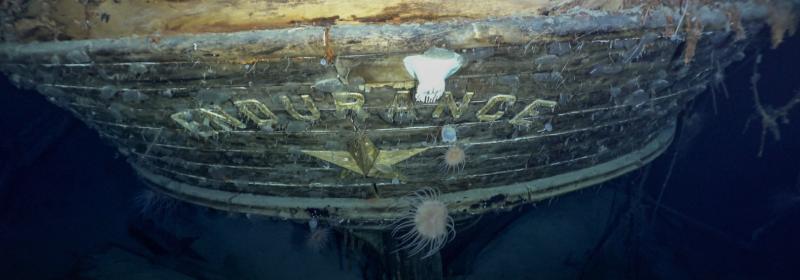 In March of 2022,
In March of 2022, 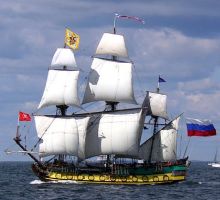 A few days before one of the world’s largest maritime gatherings, the crew of the Russian sailing ship
A few days before one of the world’s largest maritime gatherings, the crew of the Russian sailing ship 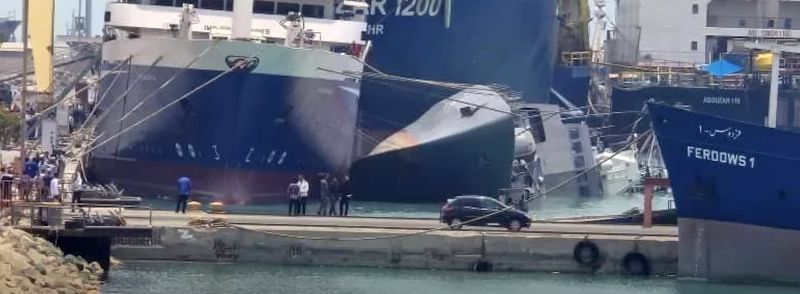 The Iranian
The Iranian 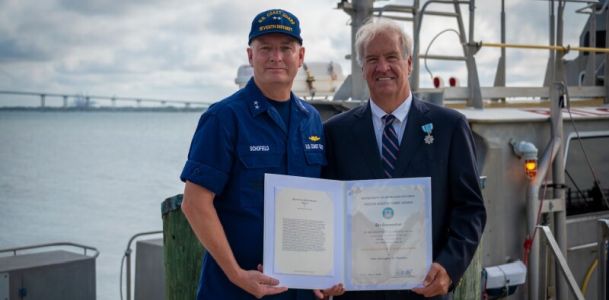
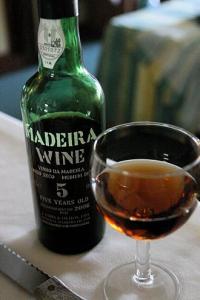 An updated repost fitting for the day.
An updated repost fitting for the day. A fascinating story from
A fascinating story from  As of July 1, a ban on heavy fuel oil (HFO) for ships has come into effect in Arctic waters. The UN International Maritime Organization (IMO) ban on HFO, however, includes significant loopholes that will allow the vast majority of ships operating in the Arctic to use the fuel until 2029.
As of July 1, a ban on heavy fuel oil (HFO) for ships has come into effect in Arctic waters. The UN International Maritime Organization (IMO) ban on HFO, however, includes significant loopholes that will allow the vast majority of ships operating in the Arctic to use the fuel until 2029.